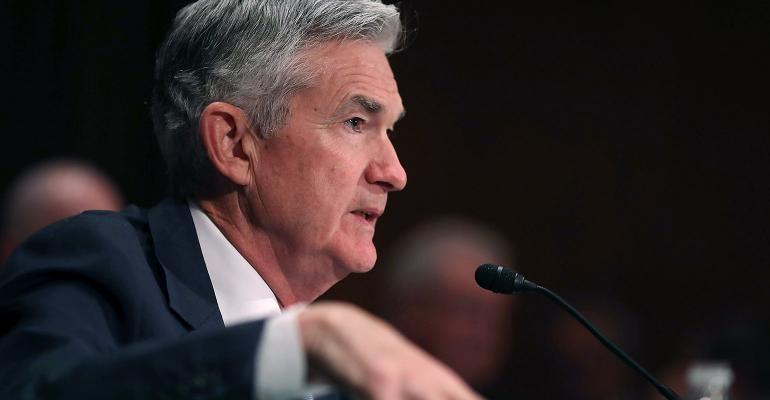With Federal Reserve Chairman Jerome Powell increasingly signaling a normalization in monetary policy and rate cuts expected to start next month, total returns for the FTSE Nareit All Equity Index have surged 12.5% to date in the third quarter.
That rally has pushed the index from negative territory to up 10.0% for the year. The gains have also outpaced broader markets, with the S&P 500 up 2.6% and the Russell 2000 up 7.07% in the same period.
The results were also fueled by strong second-quarter results, which featured about two-thirds of REITs reporting year-over-year increases in net operating income (NOI), according to Nareit’s T-Tracker. Overall, NOI for all REITs increased 3.5% from one year ago, with same-store NOI up 3.0% year over year.
WealthManagement.com caught up with Edward F. Pierzak, Nareit senior vice president of research, and John Worth, Nareit executive vice president for research and investor outreach, about the most recent developments in the REIT space.
This interview has been edited for style, length and clarity.
WealthManagement.com: Where do REITs stand for the quarter, and what’s been driving recent performance?
John Worth: There’s been a very strong performance for the quarter, with July and August both contributing to that trend. We’ve seen some notable sector performance, including office up about 20%, self-storage up nearly 16% and telecommunications up 16.1%. Nearly all the sectors are up on a quarter-to-date basis.
WM: How does that compare with the broader markets?
JW: The All Equity index has significantly outperformed the S&P 500 and the NASDAQ even when compared with something like the Russell 2000, which has been up more than 7%. This is very consistent with that historically when you get into an easing cycle, you get REIT outperformance. A lot of returns have come as markets have become more and more convinced that cuts are coming in September, and that is reflected in REIT returns.
WM: Given those numbers, is there an additional runway for REITs, or have the rate cuts now been priced in?
JW: Some of what we have seen is reflecting the prospect of rate cuts and monetary policy normalization. But we also have gone through an earnings season where operational performance has continued to be strong. And REIT balance sheets are strong. So, the results are reflective both of operating performance and an easing rate environment.
WM: Can you talk more about REIT second-quarter results? What were some of the highlights here?
Ed Pierzak: Both NOI metrics—NOI and same-store-NOI—were up 3.5% and 3.0%, respectively. Those are solid operational metrics. And when you talk about the divergence between REIT implied cap rates and the private appraisal cap rate as reflected in the ODCE index, the spread still stands at 130 basis points. That’s certainly another signal that REITs have some more fuel in the tank. We’re seeing some of that compression now with the expectation of rate cuts, but it’s likely we could see more after the cuts start as well.
WM: You also just published a piece examining the state of REIT balance sheets. Can you talk about the analysis in that piece and what that means for the sector?
EP: It gives people a sense of how disciplined REITs have been and how well-positioned they are. There is always a lot of talk about the potential for opportunistic acquisitions because of that gap between the public and private markets. We haven’t seen a tremendous number of transactions yet. But we do know that REITs are in the catbird seat. Operations are looking great, and so are the balance sheets. REITs have low leverage ratios at 34.1%. They have a lot of term to maturity at six-and-a-half years. And the average cost of debt is 4.1%.
When you look at the makeup, all 13 sectors have more than 50% of their debt as fixed-rate and unsecured. Some sectors are skewed close to 100% in both of those. That gives a lot of flexibility in operations, and as opportunities do come around, they will be able to sweep in and take advantage.
REITs have also been able to dip in and issue debt as needed. In the second quarter alone, REITs issued $12.5 billion in unsecured debt, with average rates at 4.5%. When you look at the average yield on the 10-year Treasury, it was 4.4%. REITs have been pretty adept as to when rates have gone down, they have been quick to issue new debt.
WM: With this broad expectation of rate cuts, will that create more opportunities for REITs to issue new debt?
EP: They may move on the margins, but I don’t think they will take a position where they will lever up. They have a long-term investment horizon. Everything they are doing in terms of the amount of leverage, the terms to maturity and the use of fixed-rate debt, it’s all consistent with the long-term horizon. That should make REIT investors feel great. REITs are not chasing the potentially low rates or quick returns but investing for the long haul.





